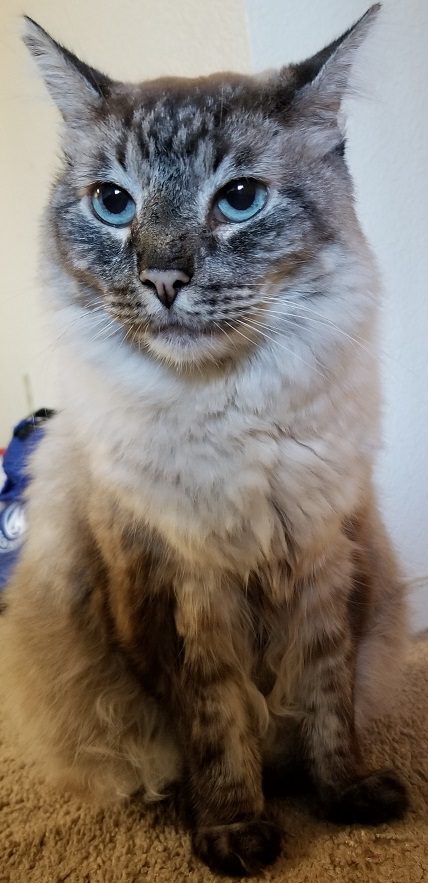
Taking care of a cat with special needs can be a unique and rewarding experience. Cats with special needs may have a physical disability, a medical condition that requires specific care, or emotional or psychological necessities. Senior cats are considered special needs due to physiological changes associated with their advanced age.
Today we will talk about diabetes, a movement disorder called cerebral hypoplasia, and how to manage them at home.
Establish regular veterinary care.
Whenever you decide to bring home a furry friend, it is imperative to consult with a professional veterinarian doctor and establish regular medical care. If an animal is injured or severely ill, seek emergency veterinary care immediately. When your cat has an illness or disability, collect his comprehensive health history as soon as possible and arrange for a veterinary visit.
Your vet will perform a thorough examination. Tell the doctor everything you know about your cat’s health and share your observations. The information you have can help your doctor arrange the necessary testing and make appropriate diagnostics.
The doctor will suggest a treatment plan and explain your cat’s condition.
Diabetes.
Diabetes is a disorder when a cat’s body has difficulty metabolizing blood glucose due to impaired insulin production or utilization. Naturally, the body cells need glucose to sustain life. Insulin is a hormone that helps transport glucose from the bloodstream into the cells for energy. In diabetes, a cat’s body doesn’t produce insulin. Another type of diabetes develops when insulin is present but is not metabolized correctly by the body.
- Signs and Symptoms of Diabetes.
The described insulin impairment causes the sugars that cats receive from food to accumulate in the bloodstream. At the same time, the body cells don’t receive glucose and remain in a state of starvation. Excessive hunger is one of the typical signs of diabetes.
The large glucose molecules circulate in the body and damage the blood vessels. Naturally, the body will remove the excess glucose and shift fluids into the bloodstream. That is why another hallmark sign of diabetes is excessive urination. The body will utilize a lot of water to remove the extra glucose. Typically, patients experience excessive thirst, the third important symptom of diabetes.
- Treatment.
According to Doctor Ilana Halperin, DVM of UC Davis Veterinary Medicine, receiving the diagnosis of diabetes is a life-changing experience for cats and their owners. At the same time, the insulin treatment regimen can become a meaningful journey and make a stronger bond between cats and their families.
Doctor Halperin explains that establishing optimal diabetes treatment requires time and individual adjustment. The veterinarian emphasizes the importance of following the prescribed by your doctor insulin dosing and encourages communication between the veterinary professionals and cat owners.
Gait and Balance Problems.
A health condition that causes issues with a cat’s ability to maintain coordinated gait and balance is called feline cerebral hypoplasia. SNAP Cats educational library describes cerebral hypoplasia as a non-progressive, non-contagious neurological condition. According to the source, in CH, the part of the brain responsible for motor skills and coordination, the cerebellum, is not fully developed at the cat’s birth. Usually, cerebral hypoplasia is associated with the mother’s viral infection or trauma during pregnancy. SNAP Cats refer walking pattern of a cat with cerebral hypoplasia as a “drunken sailor” and “wobbly cats.”
SNAP Cats indicate a great spectrum in the extent of the condition. The main message is to understand that cats with cerebral hypoplasia are not sick. The animals are not in pain, and they are not physically weak. Cerebral hypoplasia affects coordination.
According to SNAP Cats, if a kitten with cerebral hypoplasia doesn’t have other medical conditions, his life expectancy is the same as an average cat without the diagnosis.
While the condition of cerebral hypoplasia doesn’t require medical treatment, cat care requires patience and dedication. Always consider safety and check your house for potential hazards. Consult with veterinary professionals and adjust your home for the furry friend’s needs.
Conclusion.
Taking care of a cat with special needs is a unique and rewarding experience. Established veterinary care, regular exams, effective communication with your veterinary team will help you provide the best possible care for your four-legged family member. The journey with your cat will help your bonding and spending quality time together.
